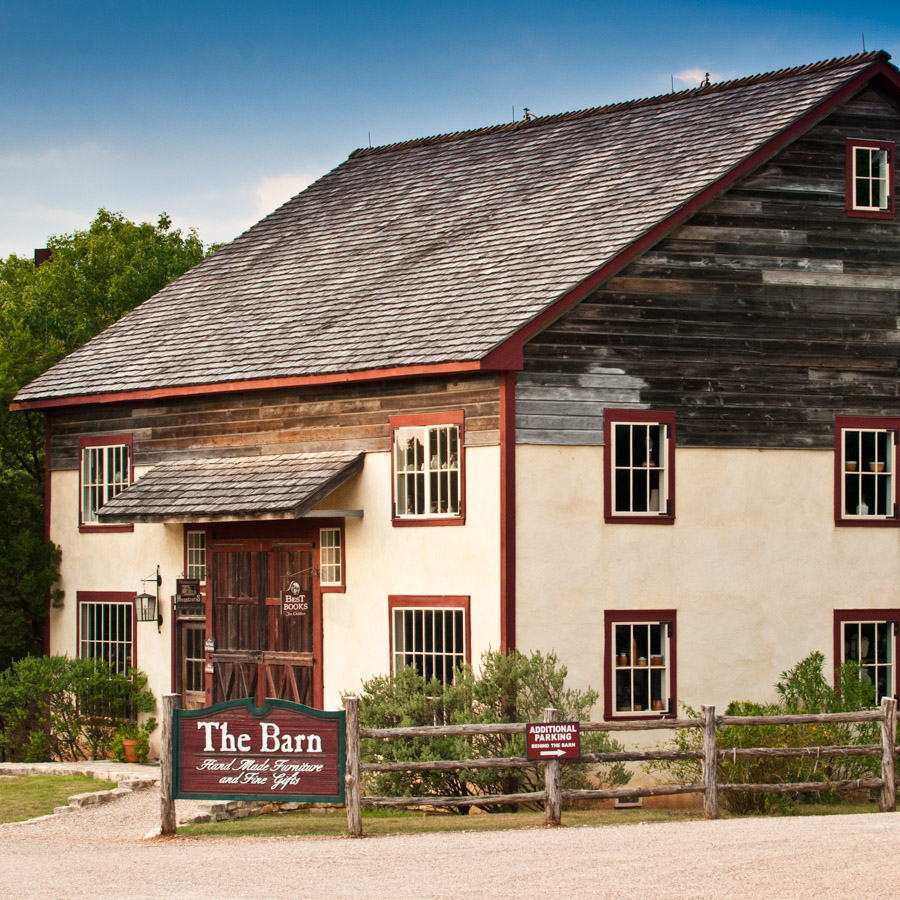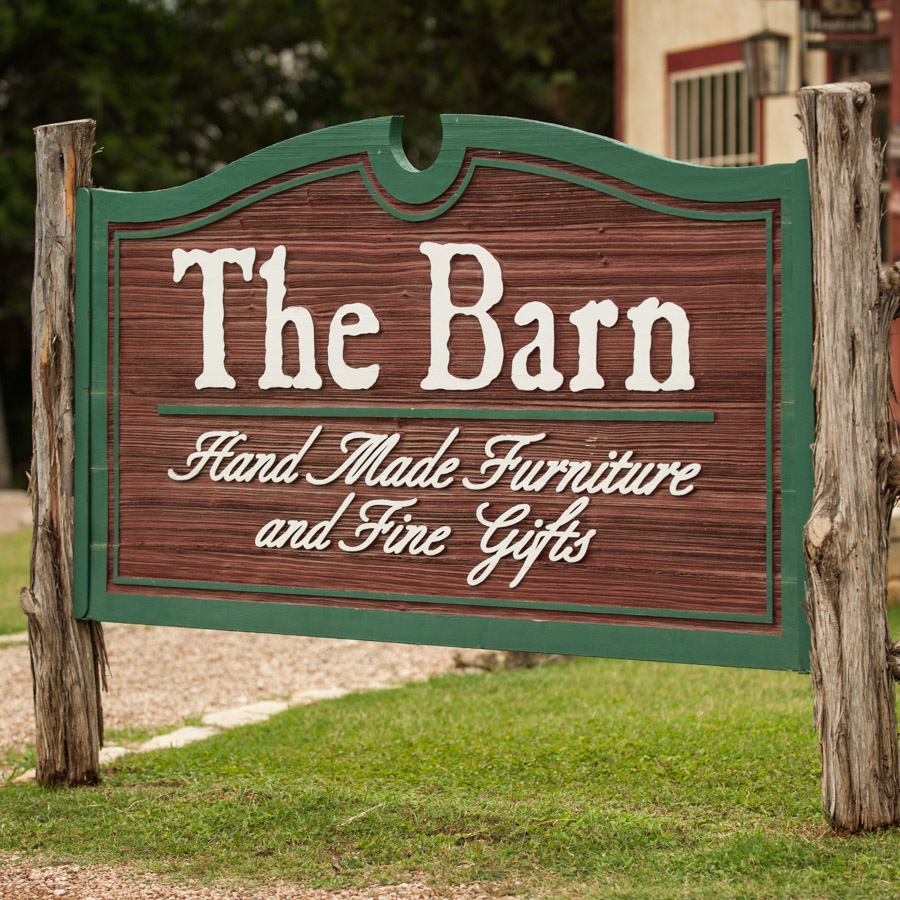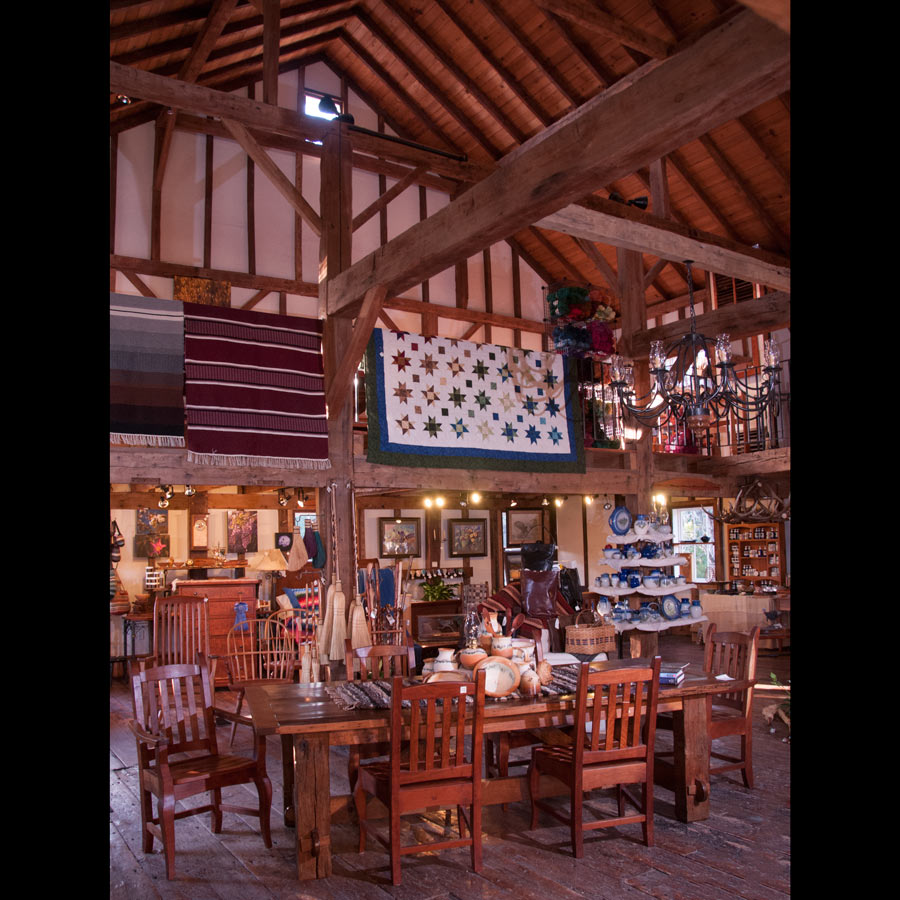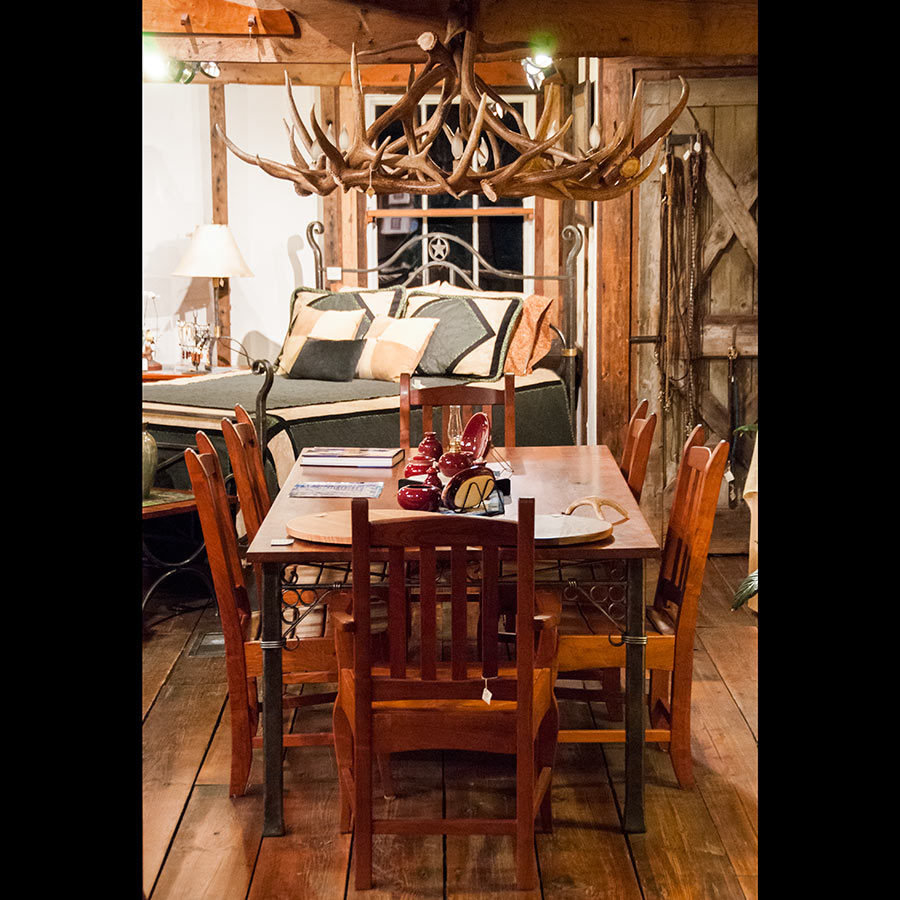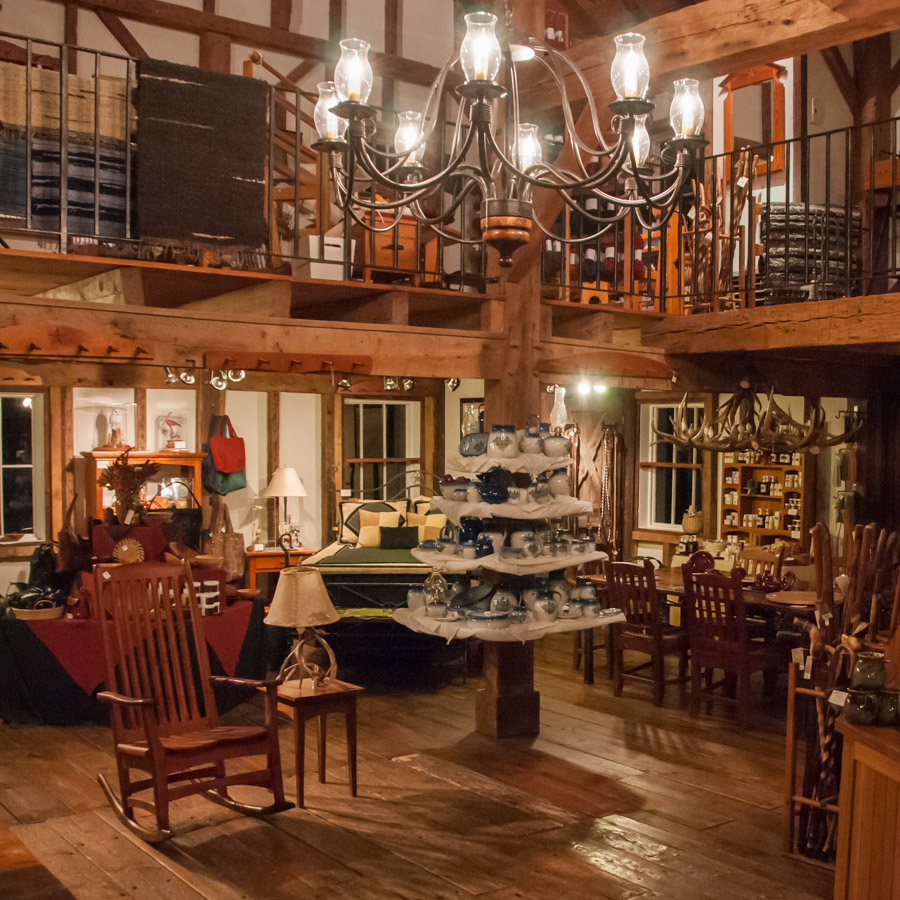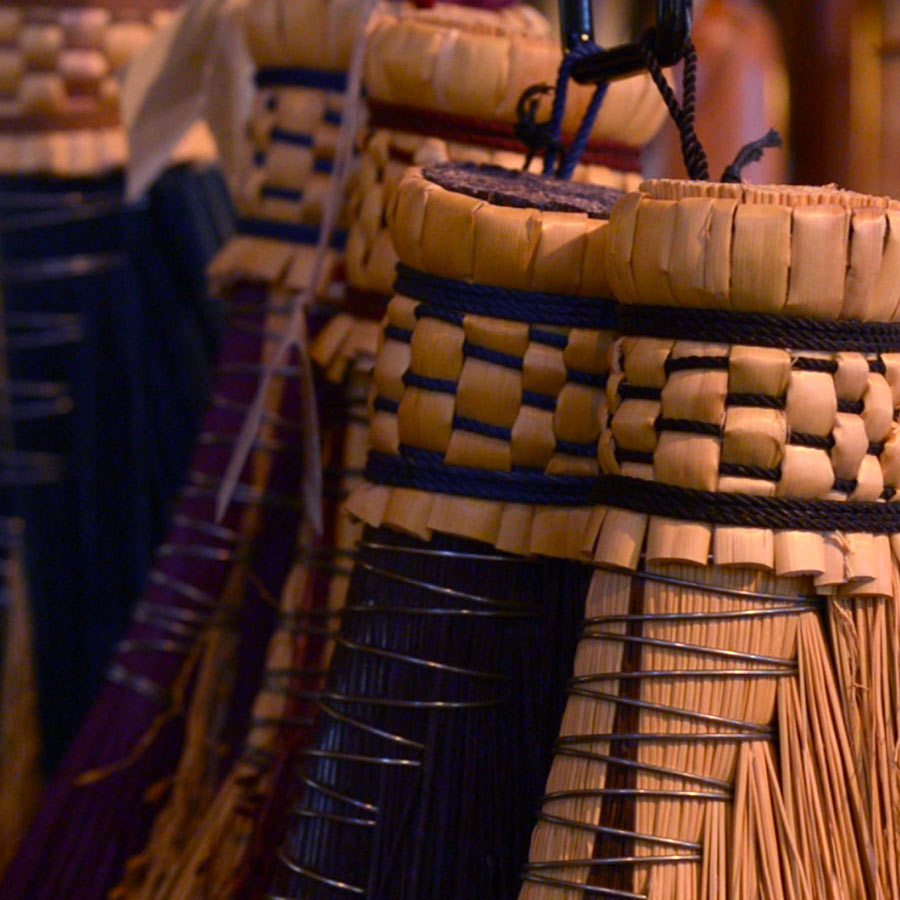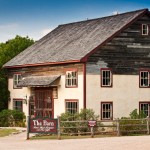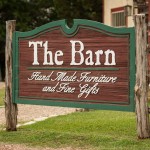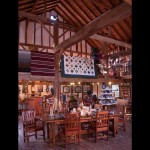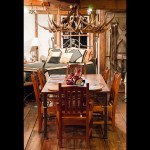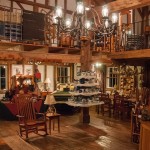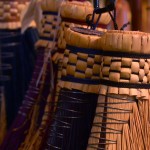The historic, two-centuries-old, hand-hewn “Hope Farm” barn contains hundreds of one-of-a-kind handcrafted items, all produced in our community. Walk across the well-worn threshing floor and see hand-forged iron beds, smell the fragrances of handmade soaps, look at hand-turned wooden bowls, appreciate the fine craftsmanship in award-winning pieces of furniture. You’ll also enjoy browsing our specially selected books, ranging from fine children’s selections to how-to books on many of life’s essential skills. You can also special order custom-made items from any of our craftsmen.
You can contact the The Barn at:
Phone: (254) 754-9600
Email: info@heritagefinecrafts.com
Open 10 AM to 5 PM, Monday through Friday.
Open 10 AM to 8:30 PM on Saturday.
Closed on Sundays.
This barn was our first barn restoration. There are many details about this barn that tell the story of America’s dramatic change from a society with its roots in the land and agriculture to an urban society transformed by the Industrial Revolution. It was built about 1820, a time in our country’s history when technological changes were bringing sweeping changes to nearly everything Americans made, including their barns. This barn has both remnants of the old, handcrafted, hand-tooled way things were built and examples of the new way of industrialism in which machines that men merely attended supplanted the use of hand tools.
Dutch Barns
As you stand in the center of the barn and look overhead you will notice two large beams called “anchor beams.” These anchor beams are the telltale sign of a Dutch barn. You may immediately wonder where a Dutch barn came from in America since we often think of the early American settlers as being English. But this is not always the case. For example, the oldest state capital in America is not Boston, Massachusetts, or Richmond, Virginia, but Santa Fe, New Mexico. And in the 1600’s the states of New York and New Jersey comprised the Dutch colony of New Netherlands.
Aside from a unique form of barns, these long-forgotten Dutch settlers left us many things in our culture including foods like coleslaw and words as common as “OK” (derived from the initials for President Martin Van Buren’s birthplace at Old Kinderhook, New York).
Handcraftsmanship
The large chestnut anchor beams overhead have cut marks made by the use of a tool called an adz. But if you look closely at the vertical beams called the arcade posts that are holding up the anchor beams, you will notice that these beams are not hand-hewn, but were cut on a sawmill. By understanding the direction and shape of the various saw cuts, we can not only date a building but also can tell some of its hidden story. A close look will show that these sawn beams were cut on a water-powered sawmill.
All this is not to say that the Hope Farm barn is not handcrafted. The heaviest and longest posts and beams were not cut on the sawmill. Their size was such that they were too long or too heavy to be moved from the barn site, near where the trees for the barn originally grew, down to the sawmill. The longest beams are the purling plates, way up overhead. These are one-piece, forty-six-feet long hand-hewn beams, cut from single red oak trees.
